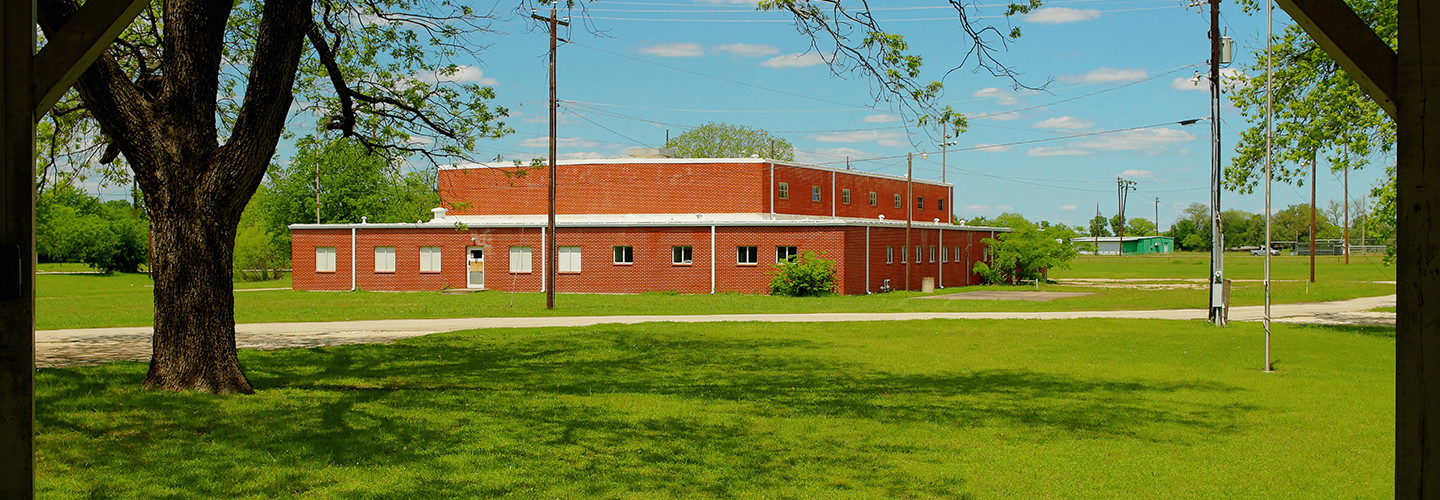Thanks to Makerspaces, Rural Schools Can Teach STEM Skills Too
While rural schools are often struggling with digital equity issues — from Wi-Fi outside of school to adequate technology-related professional development for teachers — they can still embrace innovative technologies with a few tweaks.
With 9 million students enrolled in rural school districts, organizations such as Future Ready Schools have stepped up to outline plans so those students don’t get left behind from trends like personalized learning.
Some school districts are finding that those same 9 million students are perfectly suited for a “maker mindset” and makerspaces at their schools can be a one-two punch of offering up science, technology, engineering and mathematics (STEM) skills and helping communities.
High- and Low-Tech Makerspaces Boost Learning Opportunities
At Corvallis High School in Montana, science students have created air sensors to analyze data in hopes they can help with the rampant air pollution in their community from forest fires and wood-burning stoves, KQED News reports.
Thanks to a grant from Montana State University, Corvallis teacher Brock Hammill was able to have his students create air sensors in a project that included putting together hardware and software.
“They were just changing code left and right, making it work,” says Hammill in the KQED News article. “They liked it, too, because they’d never worked hardware and software together. It’s just hard for these rural schools to get a computer programming teacher.”
While not every rural town is adjacent to a university, thanks to programs such as 4-H and National FFA Organization, students are learning agricultural skills that involve aspects of design and programming.
Best Practices for Starting a Rural Makerspace
The key to success with a new technology or learning method is a clearly defined process. Educational consultant Michelle Carlson tells KQED News that in districts with new makerspaces, outlining the roles of students and teachers helps limit fear.
eSchool News urges that makerspaces can be as high-tech or low-tech as schools need them to be. What’s key is that schools are offering a safe space for creativity and collaboration. For example, art classrooms have been acting as such spaces for years and these creative teachers can help foster a maker thought process.
Support from outside entities can be vital for rural districts seeking out a new technology experience. When makerspaces can lead to big benefits for communities, it’s important for the community to have buy-in.
“Through forming partnerships with community makerspaces or building a school makerspace, educators and decision-makers everywhere have the rare chance to help bring this truly all-inclusive learning experience into their schools, districts and communities in order to help all students,” writes educator Chris O’Brien on Edutopia.








